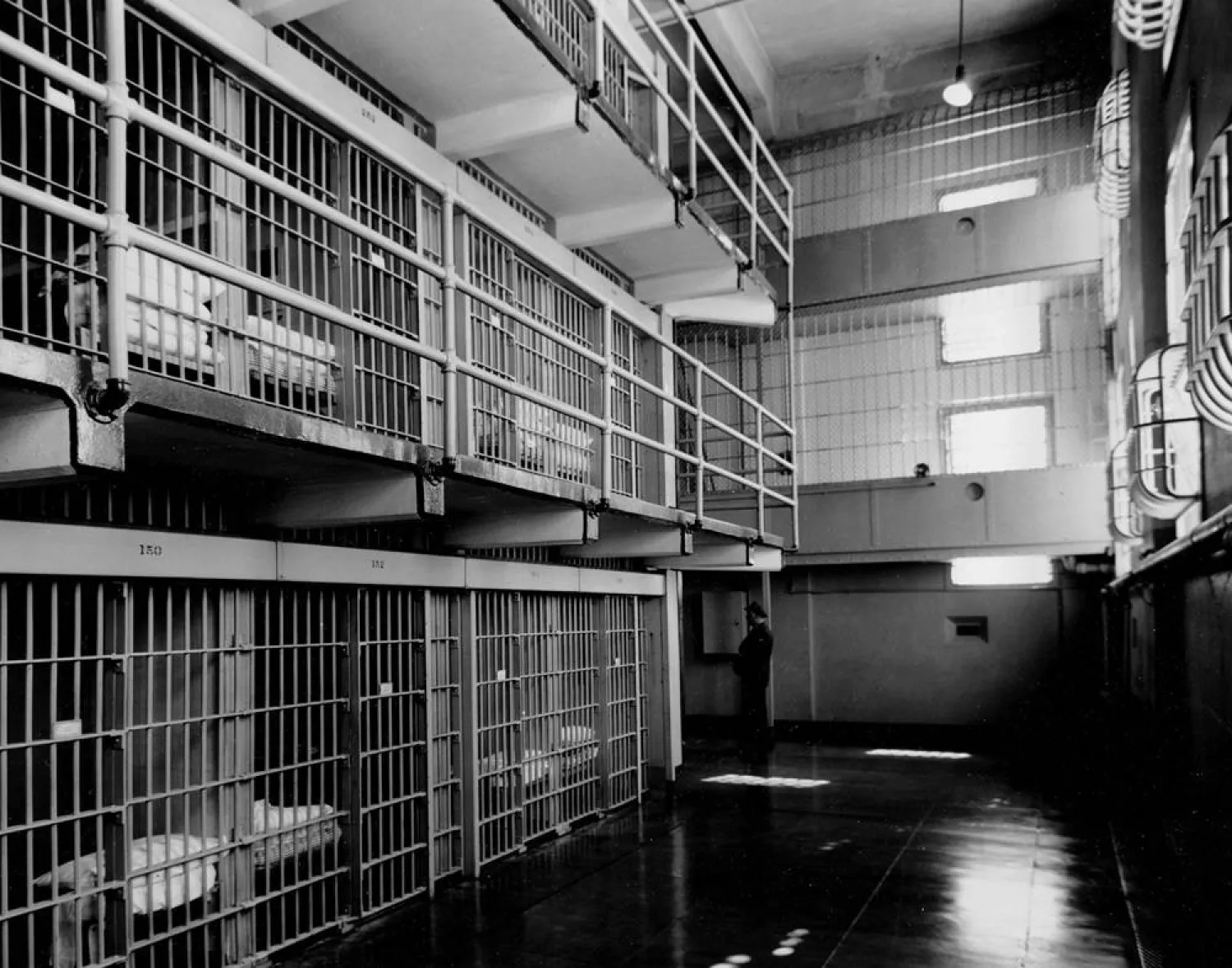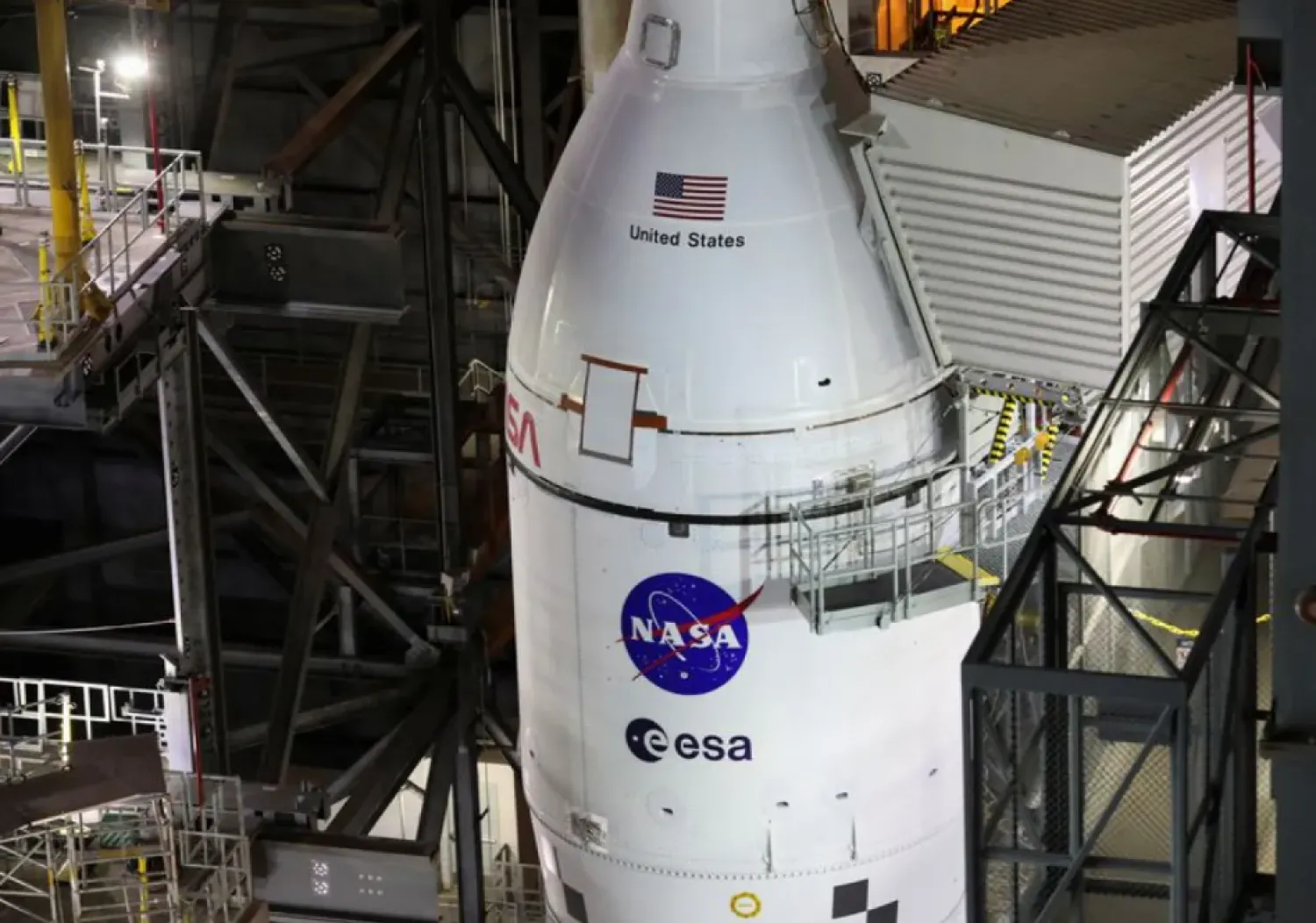President Donald Trump wants to turn Alcatraz, a popular US tourist destination, into a federal prison again, more than 60 years after the California island fortress was shut down as too costly.
Trump says Alcatraz, now part of the National Park Service, suddenly is needed to house America’s “most ruthless and violent” criminals. It's where the government sent notorious gangsters Al Capone and George “Machine Gun” Kelly as well as lesser-known men who were considered too dangerous to lock up elsewhere.
“When we were a more serious Nation, in times past, we did not hesitate to lock up the most dangerous criminals, and keep them far away from anyone they could harm. That’s the way it’s supposed to be,” Trump said Sunday on his Truth Social site.
What is Alcatraz? Alcatraz is in San Francisco Bay off the coast of San Francisco and visible from the Golden Gate Bridge. It is best known for its years as a federal prison, from 1934-63, but its history is much longer.
President Millard Fillmore in 1850 declared the island for public purposes, according to the park service, and it soon became a military site. Confederates were housed there during the Civil War.
By the 1930s, the government decided that it needed a place to hold the worst criminals, and Alcatraz became the choice for a prison.
“A remote site was sought, one that would prohibit constant communication with the outside world by those confined within its walls,” the park service said. “Although land in Alaska was being considered, the availability of Alcatraz Island conveniently coincided with the government’s perceived need for a high security prison.”
Why did it close? The remoteness eventually made it impractical. Everything from food to fuel had to arrive by boat.
“The island had no source of fresh water,” according to the US Bureau of Prisons, “so nearly one million gallons of water had to be barged to the island each week.”
The cost to house someone there in 1959 was $10.10 a day compared with $3 at a federal prison in Atlanta, the government said. It was cheaper to build a new prison from scratch.
Why is Alcatraz notorious? Despite the location, many prisoners tried to get out: 36 men attempted 14 separate escapes into the bay, according to the FBI. Nearly all were caught or didn’t survive the cold water and swift current.
“Escape from Alcatraz,” a 1979 movie starring Clint Eastwood, told the story of John Anglin, his brother Clarence and Frank Morris, who all escaped in 1962, leaving behind handmade plaster heads with real hair in their beds to fool guards.
“For the 17 years we worked on the case, no credible evidence emerged to suggest the men were still alive, either in the US or overseas,” the FBI said.
A national park Alcatraz became part of the Golden Gate National Recreation Area and was opened to the public in 1973, a decade after it was closed as a prison.
The park service says the island gets more than 1 million visitors a year who arrive by ferry. A ticket for an adult costs $47.95. Visitors can see the cells where prisoners were held.









